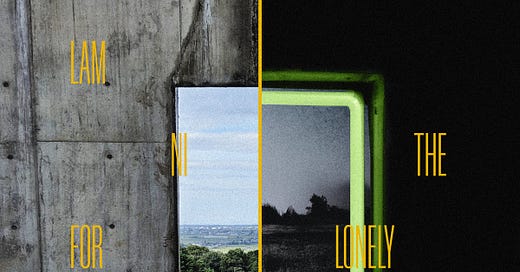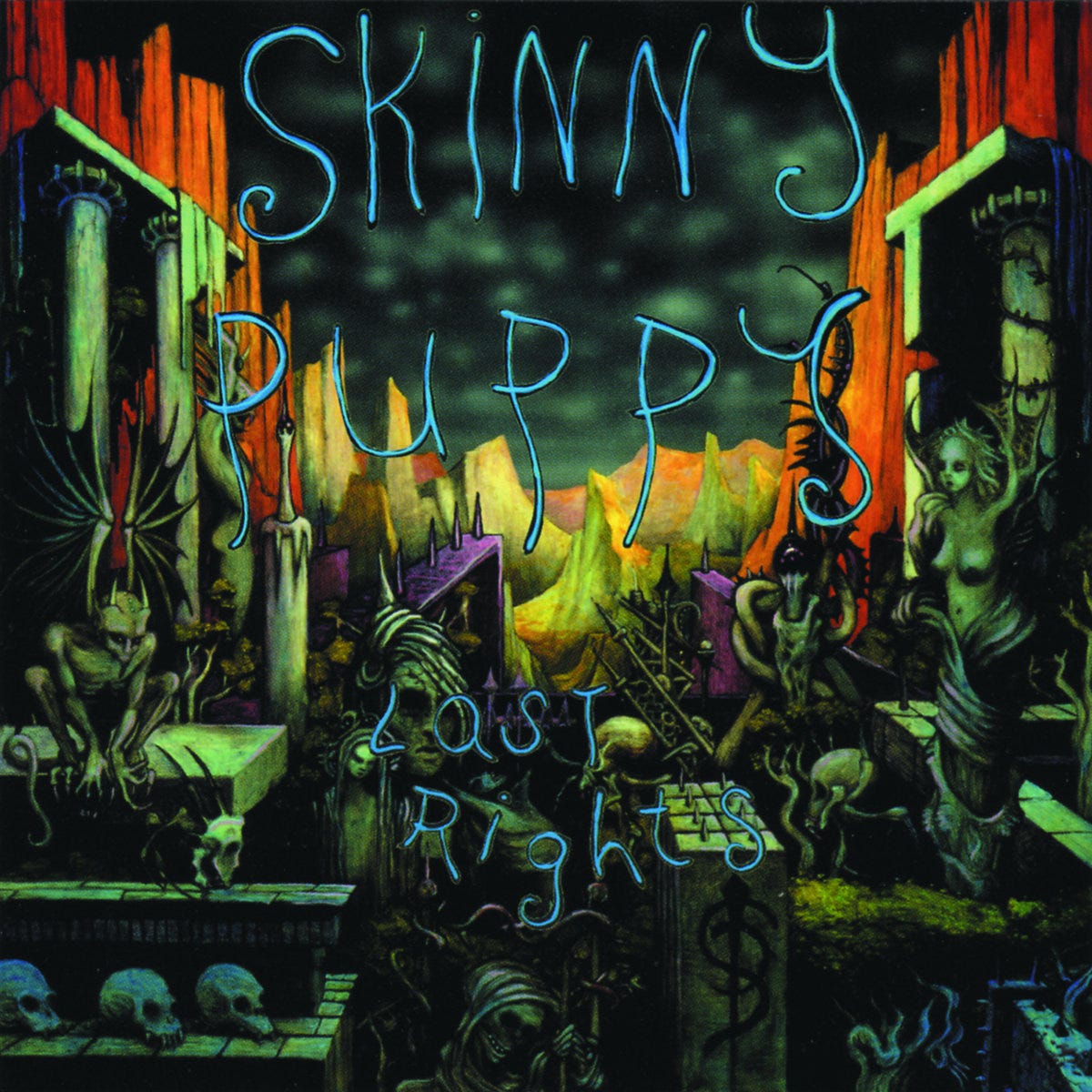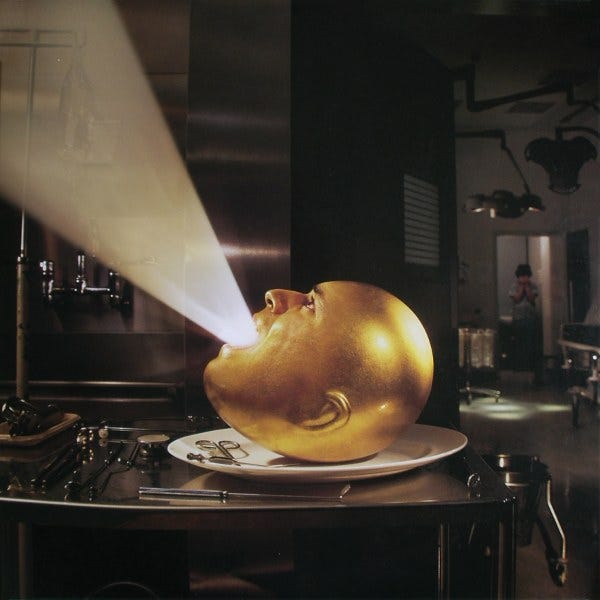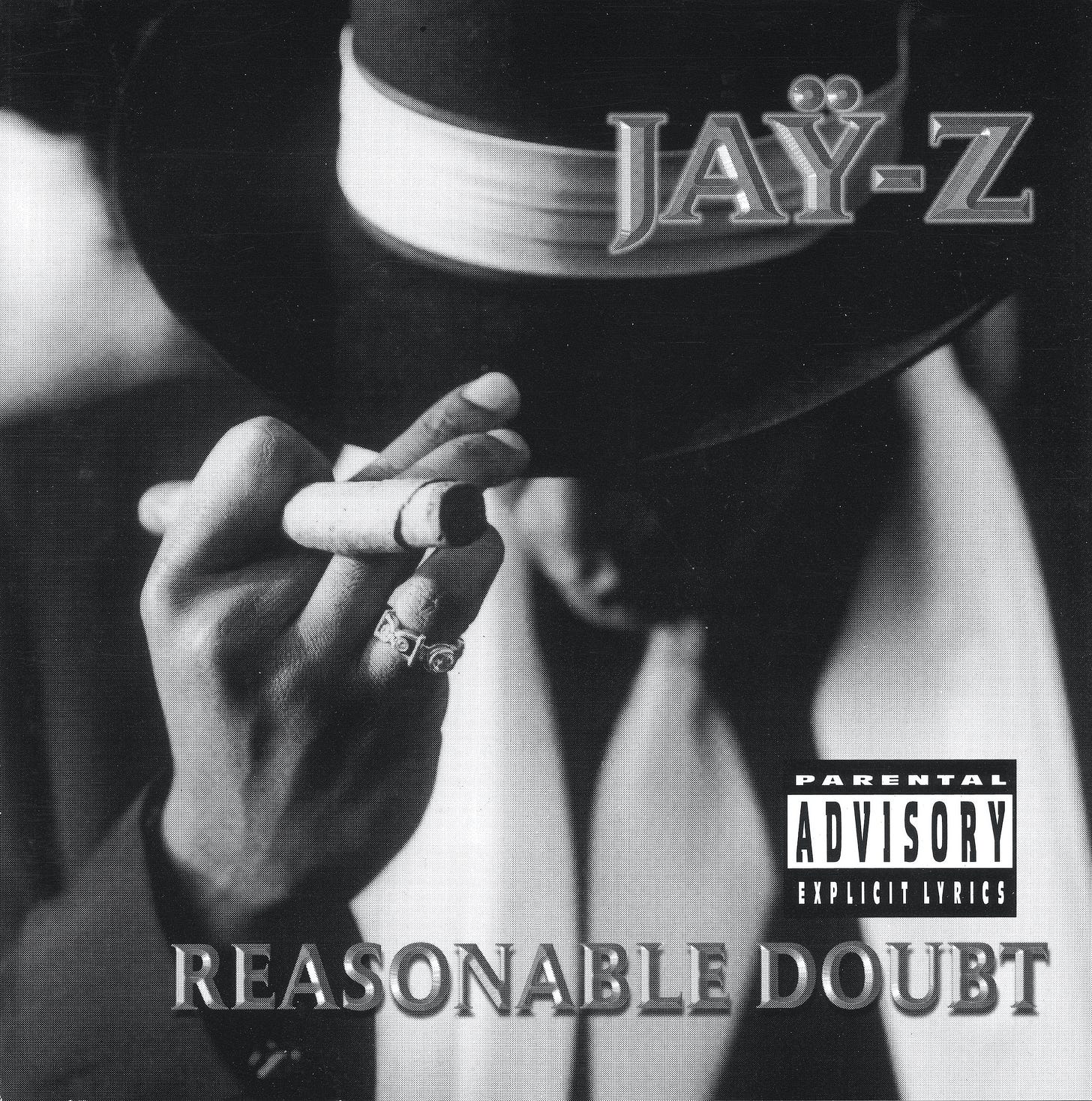A year ago I was pacing around my apartment, then down the block, then back inside my apartment, all while drenched in sweat, unable to form full sentences, unable to get my circular mirror to sit just so on my couch as to reveal that my album, The Lonely Atom was playing on the TV on the opposite wall. I couldn’t eat, I couldn’t think, my hands didn’t work right. I’d spent the last few years obsessing over every detail of the record with my friend and co-producer Jack Greenleaf. Then I’d agonized about the album art and it’s bi-furcated release through Furious Hooves and People | Places. Now on the day of its release I was convinced that it’d all been a huge mistake and that any second now everyone on Earth would have definitive proof that I was a hack and a loser. Then it was out, and nothing happened. I took a deep breath, ate a sandwich, and then went to my friend Dan Rico’s studio to practice for a show he was throwing in the summer. After practice I felt better. Writing music, playing it with friends and recording, all of that rules. Releasing music is agony.
This week I listened to The Lonely Atom start to finish for the first time since its release. As any musician will tell you, the more time you spend working on a record the less you will want to listen to the album by the end of it. From 2021-2023 Jack and I probably listened to these songs more than it’s combined play count on all of the major DSPs. It’s only natural that I didn’t need to hear them again for a long time. Plus, since releasing the album I moved three times across two states, recorded drums for two other projects, joined two other bands, and wrote a lot of words for this newsletter. Above all, the Lamniformes Motto of “Keep Swimming, Keep Eating” demanded that my creative interests keep my eyes and ears trained on new ideas. I don’t take the time to celebrate the old stuff often. I should.
Since I’ve been swimming toward Progmatism for the last few months I was pleasantly surprised to see The Lonely Atom billed as a “Prog-Rock/Art Rock” album when I pulled it up on Apple Music. Surprised because I’d started to think of these songs as being from my poptimist era. I wrote this album over the course of my late 20s in the second half of the 2010s. It is a product of the music I listened to and the life I lived in those years. I went to the club, the metal bar, and the DIY indie show in roughly equal proportions in those years. I was trying my hardest to write songs that matched my vision but could still appeal to as many people as possible. I wanted to write metal songs that belonged to the post-genre streaming-centric hall of mirrors we’d recently entered as a culture. I wanted the architecture of the songs to be sound, to prove to myself that I could write my version of a pop song. That came at the expense of a lot of the musical concepts I’ve been fascinated with since, but I think it was the right move at the time. These songs *are* fundamentally sound in a way that my older music isn’t. I usually spend most of my old albums giving myself the benefit of the doubt, but I genuinely had a good time listening to The Lonely Atom start to finish.
Revisiting the record again I understood with hindsight’s clarity how much the album belongs to Jack Greenleaf. The album is a refraction of my sensibilities through his. I can hear bits and pieces of music that come straight from my original demos, but they’re surrounded by sounds that could only come from Jack. Some of these songs were just project files and a prayer before Jack worked on them. The credit for the album’s gooey ambient center (“From One, Many” & “Prayer of the Open Plain”) all goes to him. Even the heavier songs are clearly informed by Jack’s taste, his approach to vocal production and preferences in guitar tone. The Jack-ness of the record makes it easier for me to hear it with some emotional distance.
Like many people I have a complicated relationship with hearing my own voice. Hours of editing podcasts has for the most part brought me to a state of peace with the sound of my speaking voice. My singing voice on the other hand is still a little strange to hear. It is appropriate at least that this album is in part about the weirdness of coming face to face with a replication of yourself. This is why “In Amber” remains my favorite song on the album, even if (or maybe because) I wince a little when I hear myself out in the open in the first verse. Were I a critic reviewing the record I’d probably note that the persistent use of backing vocals and the layering of different vocal styles is the product of someone trying to obscure themselves, either out of discomfort or indecision. While I think the layers help paint the internal, paranoid style of the record I don’t think I would record these vocals the same way now. I want the confidence to go for it in the moment instead of stitching myself together after the fact.
Though I enjoyed The Lonely Atom I left the album feeling a little melancholy, and not just because it has been marked by death twice over. I worry that I arrived too late. Allow a modest independent artist his delusions of grandeur for a moment. The fears that animated the writing of this record have all been justified by the world that the album arrived in. When I wrote these songs I wanted to warn against a world where in our increasingly digital lives we were surrounded by more images of people than actual people, and that this atomization would make people susceptible to poisonous and reactionary modes of thought. Now I wake up and see god dang “Ghibli” AI filters on nativist deportation propaganda on social media while meme-addled interns tear the studs out of the country’s social safety net. It would be silly of me to say “I told you so” and it would be just as silly of me to think that my self-financed “Hybrid Theory at home” art rock record could have saved the youth from becoming broccoli haired brown shirts. Still, I can’t help but feel a little disheartened about trying to say something sincere and having it drowned out by history. My next album, The Anamnesist, already shows signs of being a far less open-hearted record.
How about you? If you also revisited The Lonely Atom or heard it for the first time this week what did you think of it? What songs stood out the most? Thanks for listening, talk soon.
~ ~ ~ ~ ~ Listening Diary ~ ~ ~ ~ ~
“World Is So Cold” by Ginuwine (Ginuwine… The Bachelor, 1996)
I was discussing the eternal merits of Timbaland’s early 00s production on Discord, as one does, when a friend of mine encouraged me to listen to his work on Ginuwine’s debut album. Obviously I’ve heard “Pony” 10 gazillion times, but the rest of this was new to me. It rocks that he uses that “uEEu” talk box effect on literally every song. I also find it interesting how pushed back Ginuwine’s vocals are in the mix compared to modern R&B records and how dry they are effects-wise. The key change rocks. Great song.
“Wood Blues” by [Ahmed] (Wood Blues, 2024)
This excerpt does not do the full record justice. The journey from start to finish can’t be captured in a snapshot of even its most dynamic vistas. You barely get a sense for how far this quartet performance goes off the rails (in a good way!) from this clip, but what starts as a fairly convention and good natured bebop tune gets turned into all out warfare between a fog horn and a construction company by the climax. Follow the link and check out the whole album, I beg of you!
“Scratch +Riffs” by General Sloth (2023)
Shouts out to John’s Music Blog for sharing this incredible mega-mix of DJ’s going nutso on the boards in nü-metal bands. I like this video for a few reasons. First, it goes stupid hard. Second, it’s almost a strange full circle return to DJ’s mining old records for specific breaks. Third, it’s a useful reminder that the original nü-metal movement was the product of a particular era of music technology and thus a particular kind of virtuosity. All due respect to Abelton Push players, but the genre needs this late 90s/early 00s tech to really thrive.
“Moebius” by Xylitol (Anemones, 2024)
This track features two distinct but parallel pleasures, first the floating, serene synth blips that provide the track’s melody, second the excellent breakbeat manipulations happening underneath. “Moebius” is as fascinating when those two elements are in conversation and when they seem to happen unaware of the other. My ear slides back and forth between the two across these nine minutes, like I’m walking back and forth between two rooms at a party.
“Lest I Should Perish With Travel, Effete and Weary, As My Knees Refuse to Bear Me Thither” by Ingurgitating Oblivion (Ontology of Nought, 2024)
This record came recommended by Calder Hannan on Metal Music Theory. Believe it or not, this is the *least* challenging tune on here, only barely breaking the 10 minute mark instead of pushing nearly 20 and featuring none of the band’s more extreme death metal tendencies. This is some deeply weird avant-garde metal that will probably appeal to anyone with serious hours logged in a Souls game.
\ \ \ \ \ Micro Reviews / / / / /
Here are five micro reviews of albums from my vast Rate Your Music catalog. Long time Lamniformes Instagram followers will recognize these from my stories, however they’ve been re-edited and spruced up with links so that you can actually hear the music instead of just taking my word for it.
Last Rights by Skinny Puppy (1992) - Industrial
Too Dark Park’s even darker, older brother. By this point Skinny Puppy pretty much abandoned the idea of writing songs and instead went all in on sound design. The results are as harrowing and disturbing as they no doubt intended, but some songs like “Scrapyard” show a sly sense of humor that you wouldn’t expect. The tone of Last Rights is more mournful than Too Dark Park, lots of sampled choirs etc. There’s a real sense of the record and the band breaking down as it goes, until the final track sputters into digital white noise. A great record, with the exception of “Killing Game” which sounds like goth musical theater.
El Jardin de los Presentes by Invisible (1976) - Progressive Rock
Mid-70s prog rock from Argentina. Though no less shred happy than their northern hemisphere counterparts, Invisible play prog rock with a distinctly laid back attitude. You won’t even noticed how hard they’re going unless you know where to look. Features a dynamite vocal performance across the record and a wicked guitar solo track on side one. If you’re looking for a standout tune, check out “Niño Condenado”, which turns the heat up to King Crimson temperatures.
De-Loused in the Comatorium by The Mars Volta (2003) - Progressive Rock
The debut album from North America’s best prog rock band (fight me). I respected but overlooked this album in favor of the next few records because I thought they were “held back” by their vestigial post-hardcore tendencies. Having now seen the reunited Volta play this material live, I have a deeper appreciation for the blend of styles and weighty themes that the band are working with. Jon Theodore’s drumming on this album gets stuck in my head/hands all the time. Remains probably the best starting point for the band.
Reasonable Doubt by Jay-Z (1996) - Rap
Jay-Z’s debut album, which arrived to relatively muted reception and only became a classic in retrospect after his more aggressively commercial material crossed him over into superstar status. I also overlooked this album on first listen back in high school because I lacked any useful context for the scene that it arrived in. I only learned to love it once I knew more about hip-hop, which let me pick up on Jay-Z’s references to other tunes and appreciate how much better this album sounds compared to the average mid-90s rap record. Three of the best east coast beats of all time (“Dead Presidents II”, “D’evils”, and “Can I Live?”) buttressed by album tracks with either memorable guests or memorable concepts. The Jay-Z persona (slick, rich before rap but still hungry, and effortlessly skilled) arrived fully formed, it just took the rest of the world a while to catch up.
Consuming Impulse by Pestilence (1989) - Death Metal
First let’s take a moment to appreciate this album cover. Simple, evocative, with a few daring and unconventional choices (that green border!) that make it stand out from the crowd. In other words, everything Pestilence’s current AI art isn’t. I did not come here to bury the Dutch band under a pile of ants, however. On the contrary Consuming Impulse is one of my favorite death metal albums from the late 80s, when the genre was still a fresh offshoot from the thrash branch of metal’s family tree. Consuming Impulse benefits from that proximity and from the good timing to arrive so early in the genre’s development. Pestilence write with a thrash band’s focus on riff sequencing and straightforward rhythmic intensity (i.e. simple drumming). Even when the riffs are weird or change abruptly they flow with an intuitive logic. Plus, Pestilence got to a lot of the best death metal riffs first. Drippy with chromatic grossness, seasoned with just the right amount of keyboards, and cooked with great ingredients in the right combination this hamburger with fries of a death metal record goes down easy.









